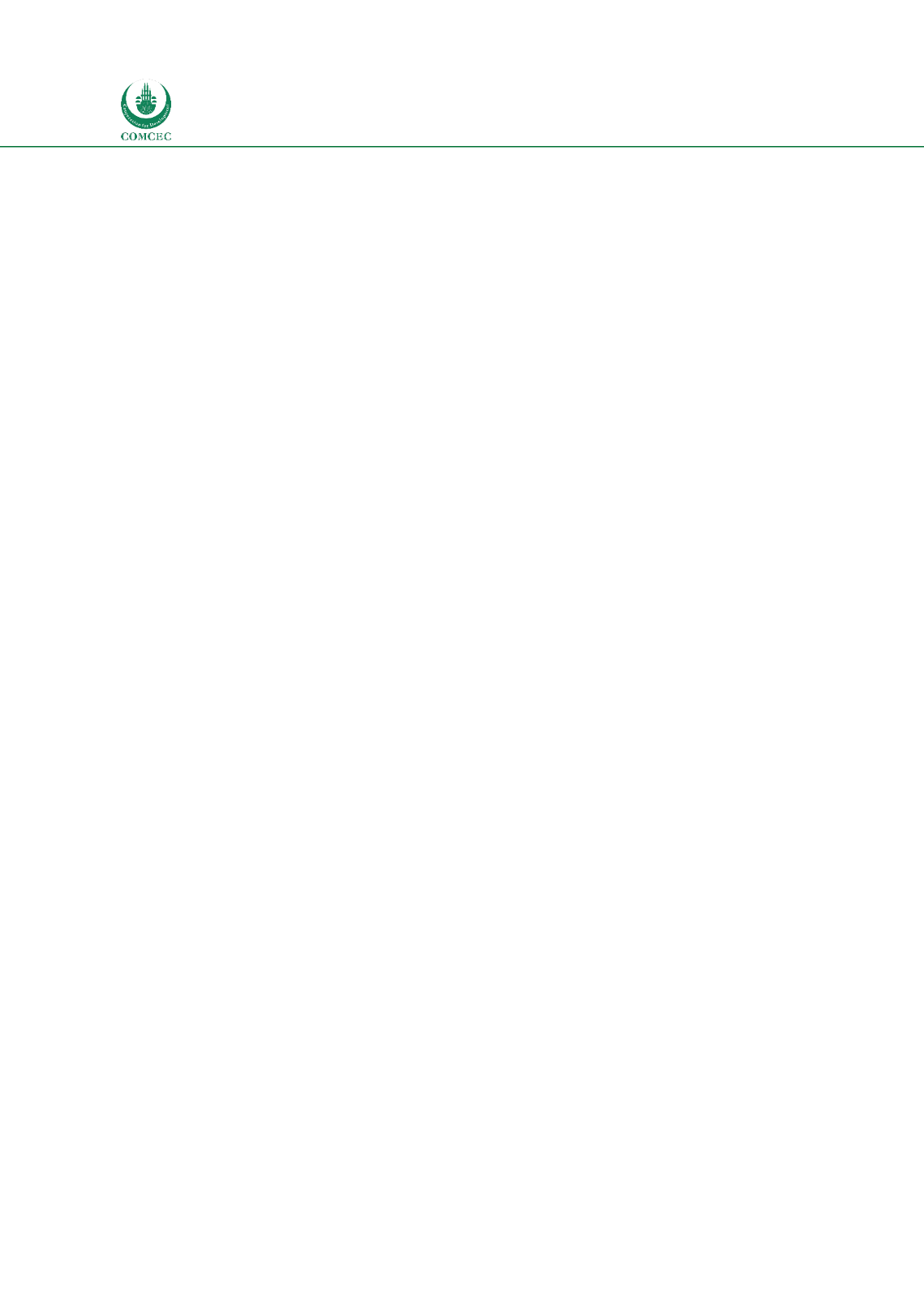

National and Global Islamic Financial Architecture:
Problems and Possible Solutions for the OIC Member Countries
226
1.
Adopt Islamic financial laws
2.
Adopt Islamic financial regulations
3.
Provide a legal and regulatory framework for Shariah governance
4.
Shariah compliant liquidity instruments
5.
Introduce accounting and auditing standards for the Islamic financial sector
6.
Establish a consumer protection framework for Islamic finance.
8.2. International Infrastructure Institutions: Status and Responsible
Stakeholders
Development of standards and guidelines by international multilateral institutions can help
promote sound architectural institutions. The Islamic financial industry can benefit from input
of various international multilateral organizations that develop standards dealing with
different aspects of financial architectural institutions. As these standards are developed with
consultations with different stakeholders at the global level, they reflect the culmination of
knowledge that is based on high level expertise and collective efforts. Countries with
underdeveloped infrastructures can benefit by using the framework provided by international
benchmarks to develop institutions that can support the Islamic financial industry.
The study suggests the establishment of a Stability Board for Islamic Finance (SBIF) to enhance
the global stability and development of a sound Islamic financial sector. Among others, SBIF
can come up with a framework of establishing Islamic Financial Sector Assessment Program
(IFSAP) and relevant Standards and Codes applicable to Islamic financial sector. SBIF will
coordinate not only the implementation of existing standards of IFSB and AAOIFI but also
contribute to filling the gaps in other architectural elements such as the legal and Shariah
governance frameworks for the Islamic financial sector globally. As the body would engage
key policy holders from different countries, the suggested SBIF can either be initiated by OIC
under the realm of COMCEC or by D-8 countries.
The gaps in legal infrastructure in terms of laws related to Islamic finance will be easier to fill if
there are model laws that the countries can refer to. Specifically, there is a need to develop
templates of Islamic banking, takaful, Islamic capital markets and bankruptcy laws and identify
issues that need to be tackled for tax neutrality purposes. Currently there are no global
initiatives that deal with legal matters. There is a need for a global organization that can
develop and publish legal documents and templates to help the development of the legal
infrastructure for Islamic finance in OIC MCs. This initiative is similar to the
Law and Policy
Reform Program
of the Asian Development Bank and can be best performed by IDB. Other than
coming up with templates for Islamic financial laws, one of the issues that this initiative can do
is to come up with frameworks for harmonizing the national laws with Shariah principles
governing Islamic finance in both civil law and common law countries.
IFSB has developed many regulatory standards for the Islamic financial industry. However, the
published standards and guidelines for different sectors have not been even. For example,
while IFSB
published the Core Principles for Islamic Finance Regulations for the Islamic
banking sector, corresponding Core Principles for the
takaful
and Islamic capital markets need
yet to be published. IFSB can continue its collaboration with international organizations such
as IAIS and IOSCO to develop different standards and guidelines for the takaful and Islamic
capital markets sectors. As the Islamic financial industry is expected to grow in the future,
there may be a need to strengthen the institutional capacity of IFSB. One way to do this is to
















